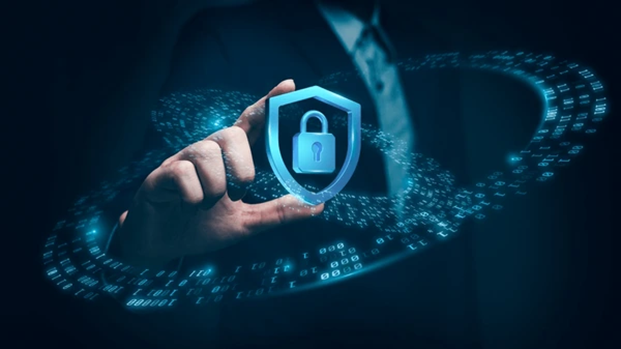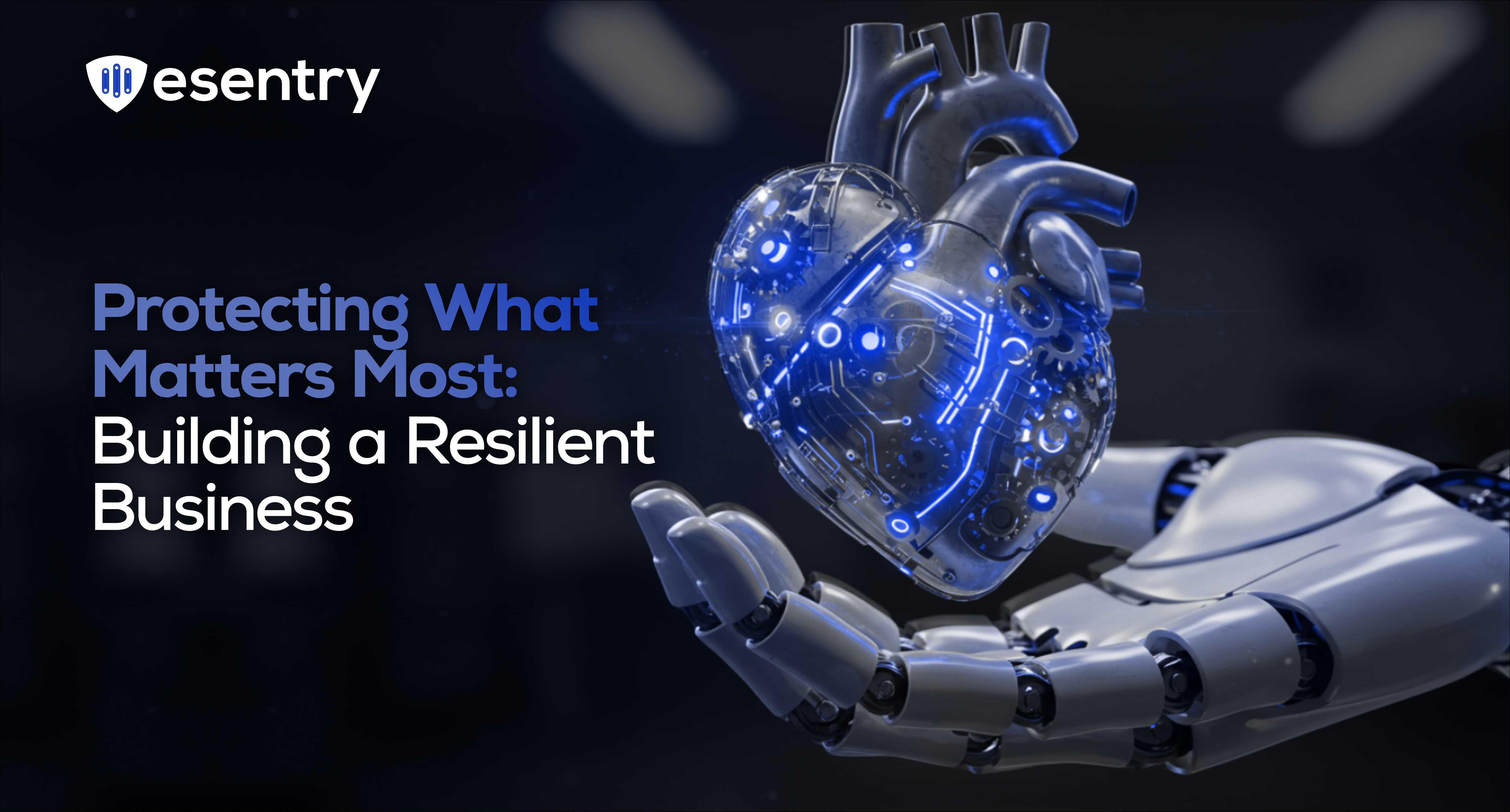Cybersecurity Awareness Month is an opportunity for businesses to reflect on how well they are safeguarding the systems, data, and people that matter most. And the spotlight for this week is resilience.
This article launches our Cybersecurity Awareness Month series on Protecting What Matters Most: Building a Resilient Business. Each article in this series will explore a different aspect of resilience; from anticipating threats to adapting quickly, recovering effectively, and building a culture of vigilance.
Why Resilience?
Traditional security strategies often emphasize prevention. But attackers have become more dynamic, leveraging both technical exploits and social engineering to bypass controls. Campaigns like ClickFix, which weaponize user trust through fake CAPTCHAs and clipboard hijacking, remind us that prevention alone is never enough.
Resilience means being prepared to keep critical functions running, even when defenses are tested, or a breach occurs. For businesses, resilience is the foundation of trust, reputation, and continuity.

Key Dimensions of Business Resilience
- Anticipation
Threat intelligence and proactive testing to uncover vulnerabilities before attackers do. - Adaptation
Real-time detection and rapid response capabilities that evolve with adversary tactics. - Recovery
Strong incident response plans, tested backups and continuity strategies to minimize downtime. - Culture
Empowering employees to recognize and resist manipulation, making human vigilance a core defense.
Expert Perspectives: Launching with a Panel Discussion
To launch this series, our team came together for a panel discussion on what resilience really looks like in practice. The conversation covers:
● The most pressing threats facing businesses today
● How organizations can prepare for inevitable disruption
● Practical steps to stay one step ahead of adversaries
🔗 Watch the full panel discussion here
What’s Next?
We’ll dive deeper into specific aspects of resilience; from defending against advanced social engineering to strengthening recovery and embedding a culture of security.
Because protecting what matters most isn’t about avoiding every threat; it’s about building the confidence that your business can continue to thrive, no matter what challenges arise.



.jpeg)
.jpeg)
.jpeg)


.png)
.png)